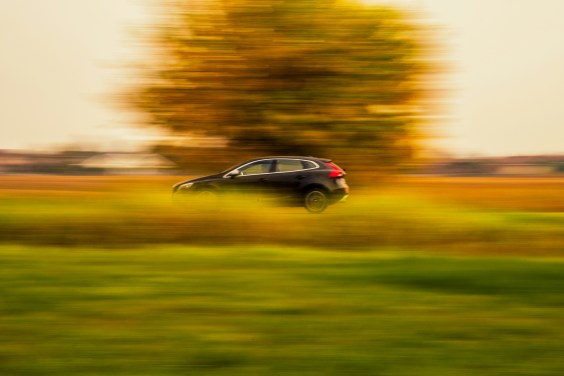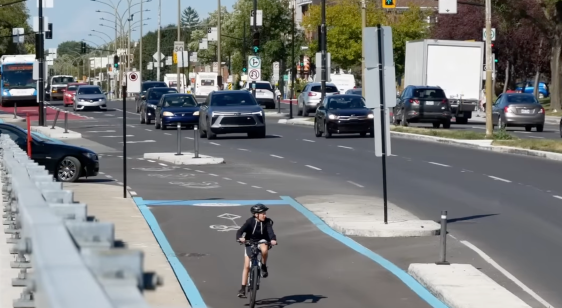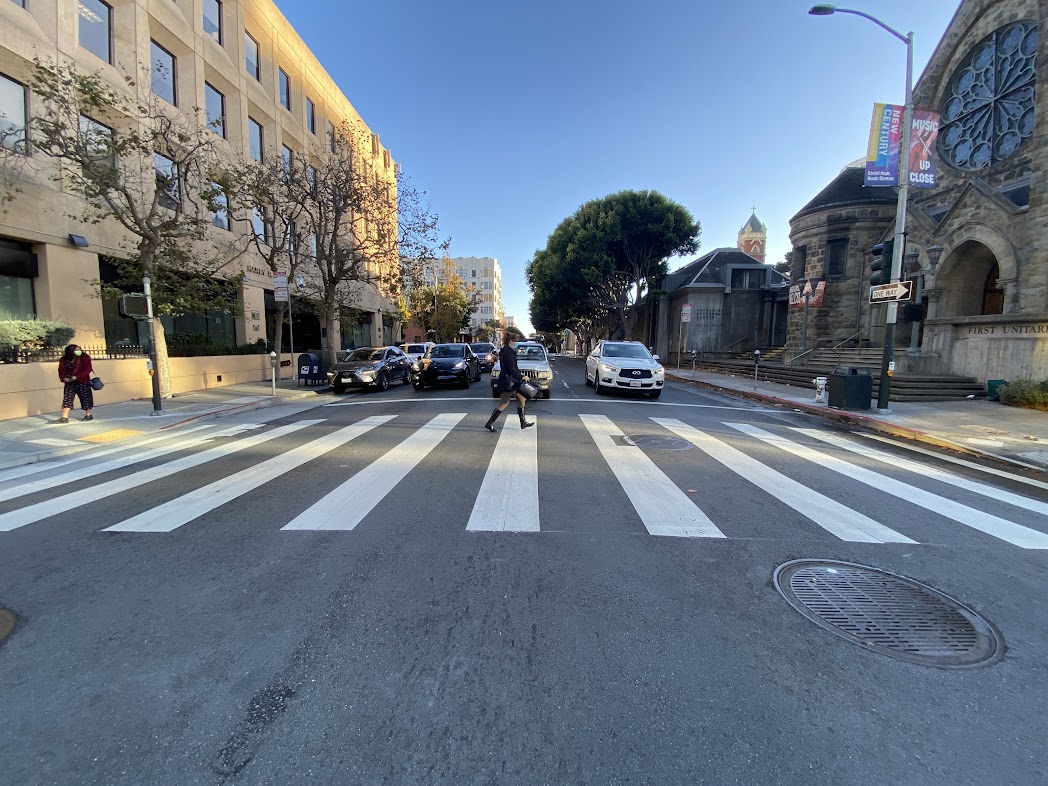 A valuable sidewalk, but parking should be removed and the sidewalk widened to accommodate pedestrians and meet ADA requirements.
A valuable sidewalk, but parking should be removed and the sidewalk widened to accommodate pedestrians and meet ADA requirements.As we wrote a couple days ago about Jefferson Street, merchants on the commercial street there and throughout the city often assume parking spaces in front of their stores are vital to business, that their customers drive to buy, and that driving customers spend more because they can carry more goods home in their vehicles.
Because the health of small businesses is a political holy grail locally and nationally, those merchants who believe they will lose parking because of sidewalk widening, BRT, bicycle lanes, or greening, will stand up at meetings and lobby local elected officials to kill the projects, and they are usually successful. Though it often goes counter to their personal interests, the assumptions associated with automobility and commerce are so deeply enmeshed that dense urban communities don't thrive as much as they could if more space were given to improving the quality of the pedestrian public realm.
But time and again, shopper intercept studies show this is not the
case, that transit riders and pedestrians spend more in commercial districts than drivers.
In New York City, a study of pedestrian space on Prince Street in Soho found that 89 percent of the people who use Prince Street are arriving by subway, bus, walking or bicycle (PDF). Only 9 percent arrive by car. By
a ratio of 5:1 shoppers said they would come to Prince Street more
often if they had more space to walk, even if it meant eliminating
parking spaces. The study also found shoppers who value wider
sidewalks over parking spent about five times as much money, in
aggregate, compared to those who value parking over sidewalks.
But that's New York City, not San Francisco, so it couldn't be the same here, could it? In 2008, the TA found that motorists only accounted for 14 percent of all users accessing the Columbus Avenue shopping district (PDF). Those motorists spent one fifth of the the total of all other modes and visited half as often or less than the other mode users. Those drivers were typically not from San Francisco and were driving as part of groups or because they didn't have convenient transit options.
 Transit riders and pedestrians spend much more on Columbus Avenue than drivers
Transit riders and pedestrians spend much more on Columbus Avenue than driversParking guru Don Shoup noted in his parking manifesto that Redwood City and Old Pasadena both saw remarkable transformations when those cities managed parking responsibly and invested in pedestrian amenities, with a rise in retail spending and increase in property values. In West Palm Beach, Florida, after investing ten million dollars in traffic calming and pedestrian improvements in the 1990s, the Clematis Street commercial district property values more than doubled (PDF). In Toronto, Canada, a recent study found that removing parking for pedestrian improvements and bicycle lanes made for better business (PDF).
The National Trust for Historic Preservation's Main Street program has realized tremendous success promoting investment in street amenities along traditional business districts in towns to promote commercial vitality. In 2007 alone, the Trust reported the following:
- Total amount of reinvestment in physical improvements from public and private sources: $44.9 Billion
- Average reinvestment per community: $11,083,273
- Net gain in businesses: $82,909
- Net gain in jobs: $370,514
- Number of building rehabilitations: $199,519
Clearly if San Francisco were responding to evidence and not errant assumptions, it would adopt an economic stimulus plan based on sidewalk expansion and bicycle lanes. Too bad the latter are still illegal.
Flickr photo: Snap Man





